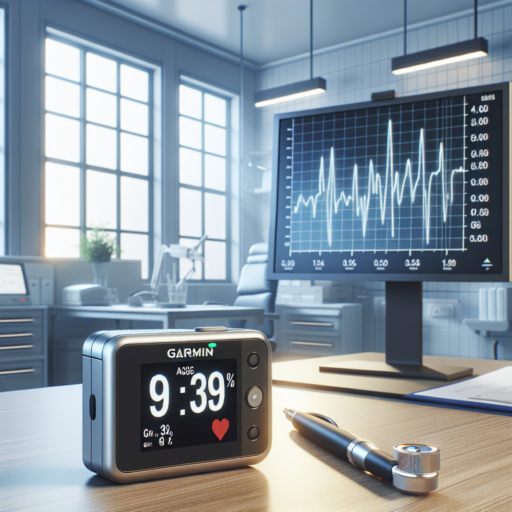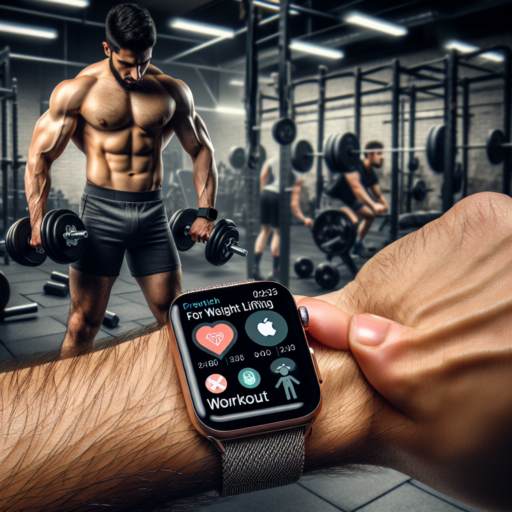How accurate are Garmin pulse oximeters?
The accuracy of Garmin pulse oximeters is a point of interest for many users who rely on these devices for monitoring their oxygen saturation levels. Garmin has incorporated pulse oximetry technology into some of its smartwatch models, providing users with the ability to track their SpO2 levels conveniently. It’s essential to understand how these devices compare in terms of accuracy, especially when making health-related decisions.
Garmin’s pulse oximeters operate using sensors that measure light absorption changes caused by blood flow through your wrist. These changes are analyzed to estimate your blood oxygen levels. The technology is advanced, but it’s worth noting that wrist-based readings can be influenced by several factors, including skin perfusion and placement of the device. Studies suggest that while wrist-worn devices offer a good approximation, they may not always match the precision of medical-grade pulse oximeters, which typically use finger or earlobe clips.
To enhance the accuracy of Garmin pulse oximeters, users are advised to ensure the device fits snugly without being too tight and to remain still during measurements. The company continuously works on software updates to improve the reliability and precision of its sensors. Users seeking to track their SpO2 levels for fitness or altitude acclimatization may find Garmin’s devices sufficiently accurate for their needs. However, individuals with medical conditions requiring precise oxygen saturation monitoring should consult healthcare professionals.
Why is my Garmin pulse ox low?
Many Garmin users have expressed concerns over unexpected low pulse ox readings on their devices. This issue may arise from a variety of factors that can influence the accuracy of the readings. Understanding these factors is essential for Garmin wearers who rely on their device for monitoring their overall health and fitness progress.
Factors Affecting Pulse Ox Readings on Garmin Devices
- Device Positioning: For accurate pulse ox readings, the Garmin device must be worn properly. An optimal fit is snug but not too tight, allowing the device’s sensors to make good contact with the skin.
- Skin Perfusion: Low blood flow to the skin can result in low pulse ox readings. Skin perfusion can vary due to temperature, physical condition, or even the time of day.
- Physical Movement: Excessive movement can interfere with the device’s ability to accurately measure pulse ox levels, leading to seemingly low readings.
Correctly understanding and addressing the reasons behind low pulse ox readings can help Garmin users better interpret the data their devices provide. While Garmin technology offers valuable insights into one’s health, factors like correct device positioning and understanding physiological impacts are key to ensuring accurate readings.
What is a good pulse ox Garmin?
A good pulse oximeter Garmin combines accuracy, comfort, and reliability in monitoring oxygen saturation levels and pulse rate. This essential piece of technology is particularly valued by athletes, health enthusiasts, and anyone needing to keep a close eye on their oxygen levels for health-related purposes. Garmin’s approach to this technology not only focuses on providing precise readings but also integrates these metrics into their broader fitness and health tracking ecosystems, allowing users to get a comprehensive view of their overall well-being.
In recognizing a good Garmin pulse oximeter, one should consider the sensor’s sensitivity and accuracy. The ability of the device to give quick and precise readings of blood oxygen levels, typically within a 2% margin of error, is crucial for effective monitoring. Advanced models offer this level of accuracy, ensuring that users can trust the data to make informed decisions about their health and training.
Additionally, ease of use and wearability significantly contribute to the appeal of a good Garmin pulse oximeter. A seamless experience, from quick setup and calibration to continuous or on-demand monitoring, aids in the user’s commitment to regular health tracking. Comfort is also paramount, with the best devices boasting lightweight designs and adaptable features for all-day wear. Garmin excels in producing devices that users can wear comfortably for long periods, making it easier to incorporate health monitoring into daily life.
Understanding the connectivity and integration features of a Garmin pulse oximeter is also essential. The ability to sync data with smartphones and fitness apps allows users to track their progress over time, set health goals, and even share results with healthcare professionals if needed. Garmin’s ecosystem supports this connectivity, enhancing the value of pulse oximetry data by linking it to activity tracking, sleep analysis, and more, underpinning the importance of oxygen saturation levels in the overall picture of health and fitness.
No se han encontrado productos.
How do I know if my pulse oximeter is accurate?
Determining the accuracy of your pulse oximeter involves several key factors that can help ensure you’re getting reliable readings. One primary consideration is the device’s quality and certification. It’s essential to choose pulse oximeters that are FDA-approved or certified by similar reputable regulatory bodies. These devices undergo rigorous testing to meet specific accuracy standards, typically within a ±2% deviation for oxygen saturation levels.
Another aspect to consider is the proper use and placement of the device. For optimal accuracy, the pulse oximeter should be placed on the finger, making sure that the finger is warm, relaxed, and held below the level of the heart. Nail polish or false nails should be removed if present, as they can interfere with the reading. Observing multiple readings over time and looking for consistent results can also help verify the accuracy of your pulse oximeter. Sudden changes or wildly fluctuating readings may indicate a problem with the device or its usage.
’ relatedtext=’Quizás también te interese:’]
Regular calibration or comparison against a medical-grade oximeter can also provide insight into your device’s accuracy. While home-use pulse oximeters are designed for convenience and periodic monitoring, comparing their readings with those from a professional device used in a healthcare setting can highlight any discrepancies. If you notice significant differences, it may be time to recalibrate your device or consult with a healthcare professional for advice.




